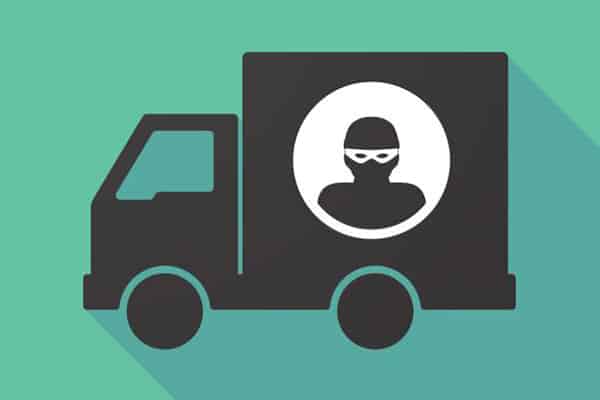5 Ways Canada Cartage is Working to Prevent Cargo Theft

Cargo theft has become a real challenge globally for transportation companies. According to the Insurance Bureau of Canada (IBC), there’s approximately $5 billion worth of cargo theft in Canada every year, which has a negative impact on the shipping and logistics industry, consumers, retailers and insurers.
Transportation companies are trying their best to combat this growing problem by implementing increased security and safety measures.
Below are 5 ways that Canada Cartage is working to prevent cargo theft.
- Member of CTPAT and PIP
CTPAT refers to the Customs-Trade Partnership Against Terrorism, a part of the U.S. Customs and Border Protection’s (CBP) strategy to strengthen international supply chains and improve border security. Canada Cartage is a voluntary member of the program and works closely with the CBP to achieve safe and efficient transport of goods.
PIP stands for Partners in Protection and is similar to CTPAT, except that it is a partnership with the Canada Border Service Agency (CBSA). The goal of the PIP program is to strengthen security of both the Canadian-American border and the trade chain. Canada Cartage is also a voluntary member of PIP, and is recognized as a “trusted trader”, allowing the transport of goods across the border to be more efficient.
By incorporating CTPAT and PIP processes in all operations, Canada Cartage has a higher level of security, and awareness resulting in fewer thefts and criminal activity.
- Fenced Yards
All truck yards at Canada Cartage are protected with 6-foot high fencing and additional 1 foot of barbed wire. Gate houses, or monitored entrances and exits safeguard the truck access points. Facilities with a gate house require that the driver present their Canada Cartage photo ID badge, or their government issued ID. The driver’s information is then recorded in the gate log. The guard always checks the paperwork against the trailer or truck that is leaving, including matching the seal number to ensure security. If a driver declares that the trailer is empty, the guard double checks the back of the trailer to confirm.
- Trailer Locks
Canada Cartage uses high security locks on high-value and high-risk loads, and on all LTL cross border cargo in line with CTPAT/PIP regulations. On U.S. loads, Canada Cartage uses CTPAT/PIP high security seals to meet ISO 17712:2013(E) standards.
Canada Cartage uses three types of locks:
- Padlocks for doors
- Glad hand locks to prevent unauthorized movement of a trailer by sealing the supply glad hand of the trailer’s brake system to ensure that it can’t be moved
- Pin locks that go on the king pin of the trailer to ensure that it can’t be hooked to a tractor and moved
- Security Systems
At every location, Canada Cartage uses camera systems which cover the truck yard, dock and office areas. In addition, Canada Cartage has warehouse video surveillance and alarms, with signage on yard fencing that reads “No Trespassing”, “CCTV in Use”, and “Alarm System in Use”.
- Law Enforcement Partnership
Canada Cartage partners with local law enforcement on cargo theft initiatives, as well as sharing and receiving cargo theft trend information. Canada Cartage will also provide details on suspicious activity encountered, as well as sharing any video surveillance footage that may help the local Police Department.
Canada Cartage is committed to being an industry leader in transportation security. Through ongoing investments in security, a committed Safety and Compliance team focused on policy enhancements and compliance, and ongoing partnerships with law enforcement, we’ll continue to work to stop thieves in their tracks.




